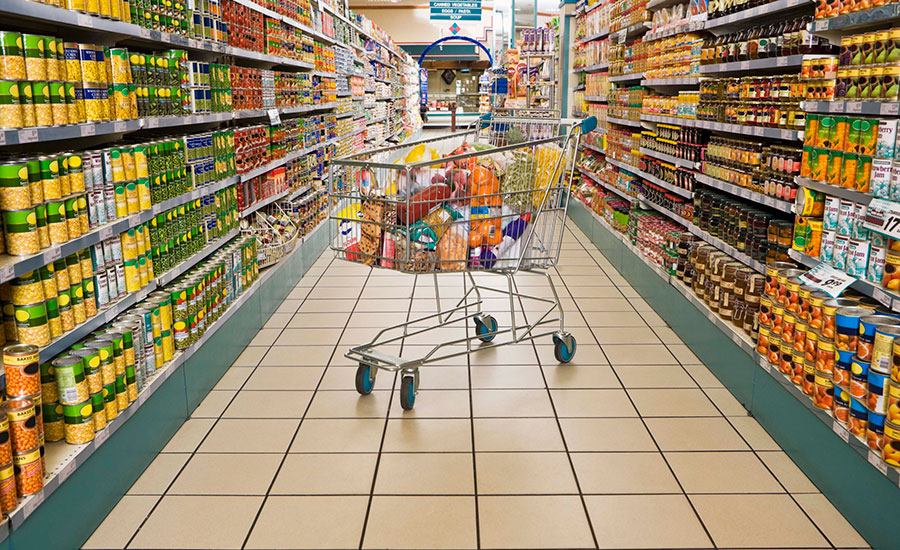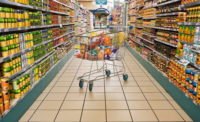Self-Checkouts at Grocery Stores Promote Theft

Self-service checkout technology may offer convenience and speed, but it also helps turn shoppers into petty thieves, according to a new retail study.
In a study of retailers in the United States, Britain and other European countries, Professor Adrian Beck and Matt Hopkins of the University of Leicester in England said the use of self-service lanes and smartphone apps to make purchases generated a loss rate of nearly 4 percent, more than double the average. The study examined nearly 12 million shopping trips from four retailers in Britain, two in the United States and one each in Belgium and the Netherlands between December 2013 and February 2015.
The scanning technology, which grew in popularity about 10 years ago, relies largely on the honor system. Instead of having a cashier ring up and bag a purchase, the shopper is solely responsible for completing the transaction. That lack of human intervention, however, reduces the perception of risk and could make shoplifting more common, the report said.
Studies have been inconclusive about whether the systems actually promote more pilfering, but researchers believe they are a gateway for shoppers to act in ways they ordinarily would not.
“Retailers could find themselves accused of making theft so easy that some customers who would normally — and happily — pay are tempted to commit crime, especially when they feel ‘justified’ in doing it,” the researchers said in a statement.
One million shopping trips were audited in detail, amounting to six million items checked. Nearly 850,000 were found not to have been scanned, the report said, making up 4 percent of the total value of the purchases. Proving intent — determining whether it was deliberate or an oversight — and deciding whether to press charges can be “a legal and customer relations minefield,” the report noted.
In a statement, Professor Beck said: “Both loved and loathed by consumers, with the phrase ‘unexpected item in the bagging area’ striking dread into many a shopper, self-scan technologies are growing in use and likely to become even more prominent.”
http://www.alphagalileo.org/AssetViewer.aspx?AssetId=114179&CultureCode=en
Looking for a reprint of this article?
From high-res PDFs to custom plaques, order your copy today!





